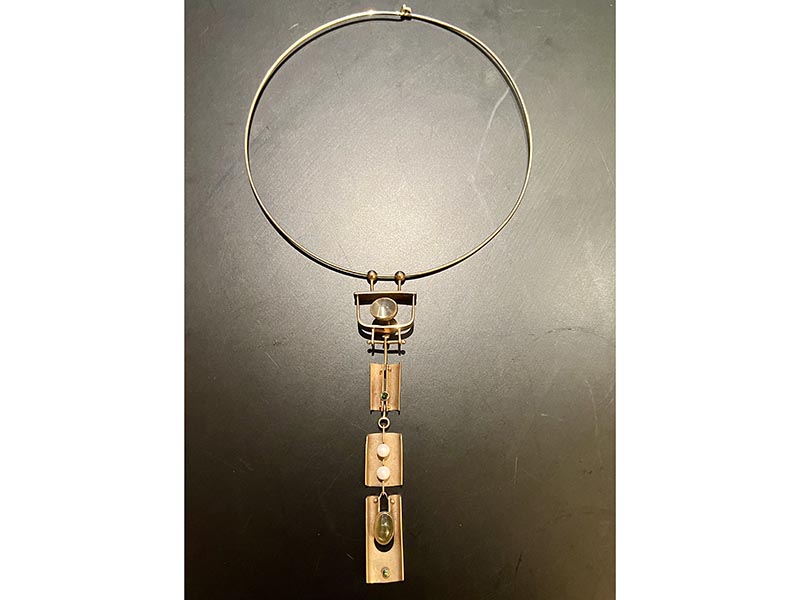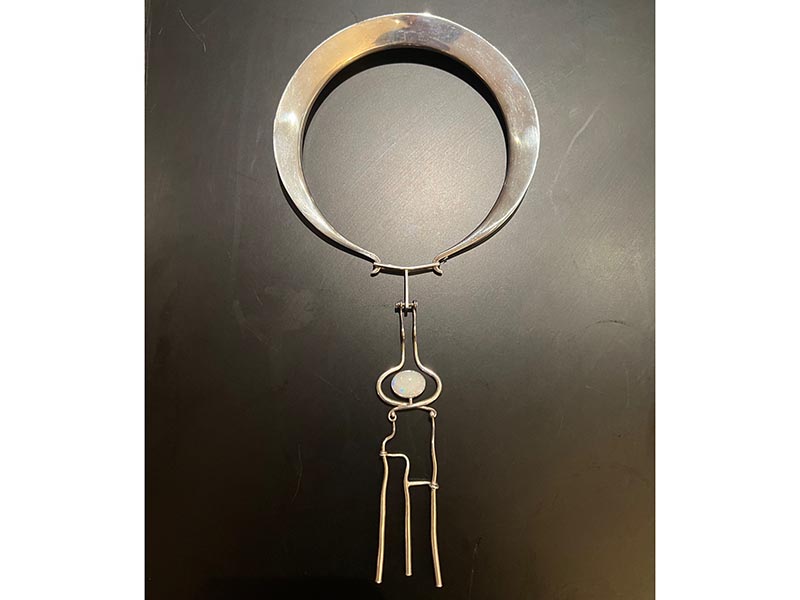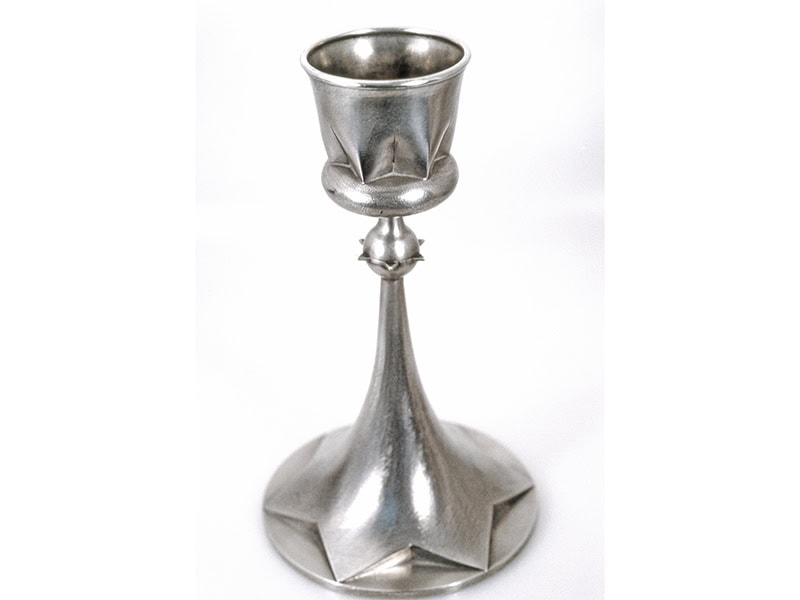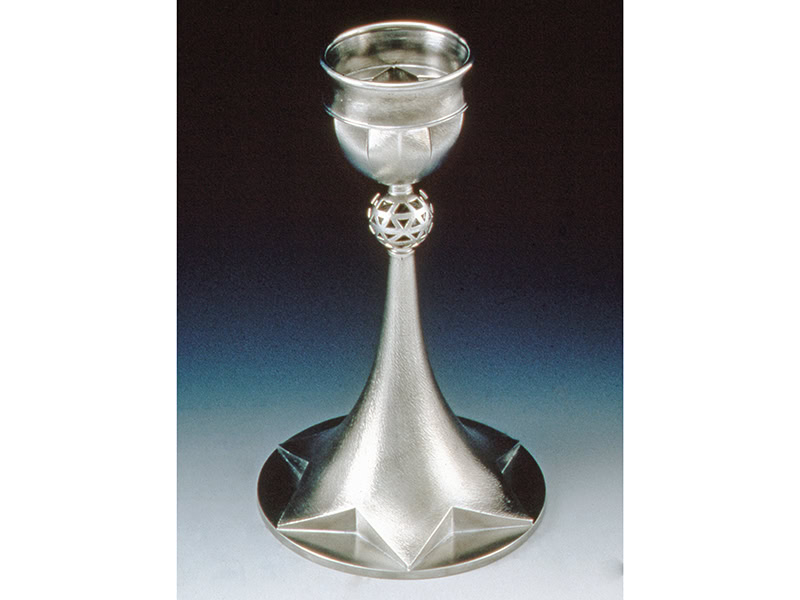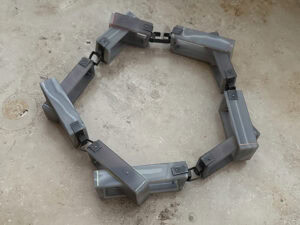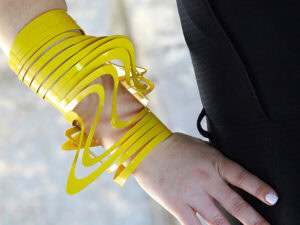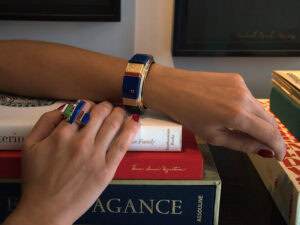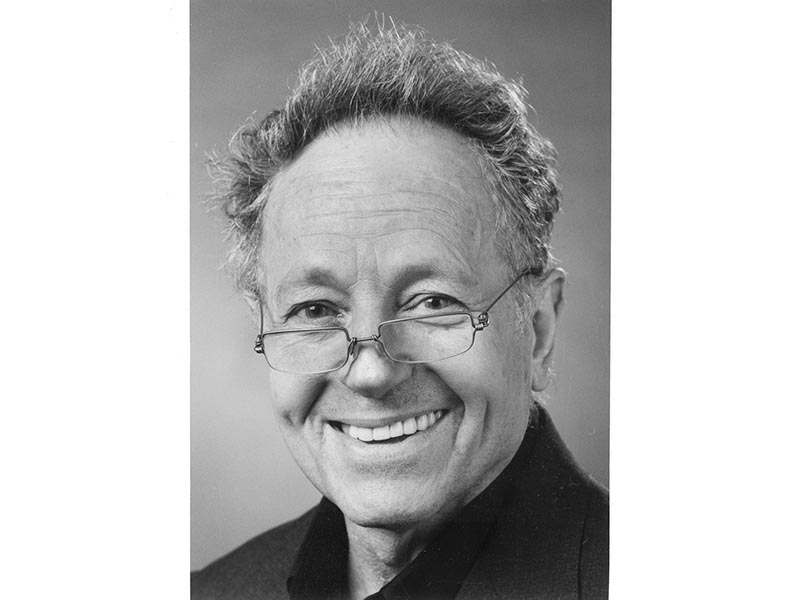
Awards
College of Fellows – American Craft Council
Lifetime Achievement Award – Society of North American Goldsmiths
Master Metalsmith – Metal Museum
Gold Medal for Consummate Craftsmanship – American Craft Council
National Endowment for the Arts Fellowships (1971 and 1977)
Underkofler Excellence in Teaching Award – University of Wisconsin—Madison
Distinguished Educators Award – James Renwick Alliance
Hans Christensen Sterling Silversmiths Award – Society of American Silversmiths
Award of Excellence – American Pewter Guild
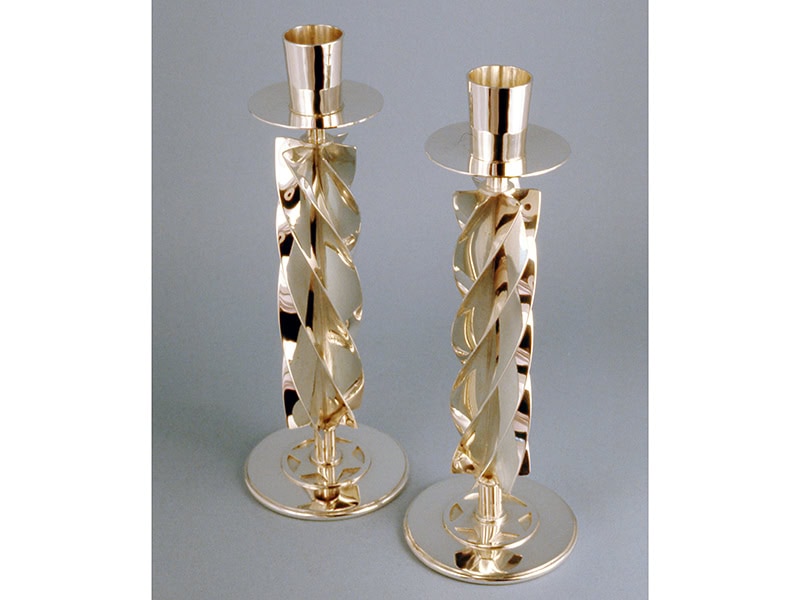
A Window to the World
Spring 2009, a New York Times review described “a beautiful little book about human excellence and the way it is undervalued in contemporary America.” The book: Shop Class as Soulcraft, by Matthew Crawford. A well-crafted text, it reminds us that the processes of skilled work are not separate from the products of our labor. The application of skill and labor afford and demand self-reflection and critical thinking. Twenty-seven years prior, fall 1982, in a shop class at the UW–Madison, a professor told his students, “you will learn more about yourself in this class than anything else.” The class was Art Metal. The professor was Fred Fenster. Perhaps he was ahead of his time.
Fred Fenster was born on December 9, 1934, in the Bronx, New York City, where he was raised and went to public school. He attended City College of New York, where he discovered his interest in shop class. He studied industrial arts and found his calling with materials, concepts, how things work, and what would be a lifelong passion for problem-solving. His first job was in the New York Public School system, where he taught industrial arts for two and a half years. In 1958, he and his wife moved to Pontiac, MI, and Fred attended Cranbrook Academy of Art, in Bloomfield Hills. At Cranbrook he earned the MFA in Metalsmithing, and made lasting friendships with Al Pine, Michael Jerry, Stanley Lechtzin, and others. In 1961, he was appointed to the faculty of the University of Wisconsin–Madison, where he taught until his retirement as professor emeritus in 2005.
Fred was a great teacher—generous, caring, curious, and full of knowledge. He taught with intent, demonstrating each idea, technique, and process as a vehicle to teach knowledge, skills, and, ultimately, character. His thoughtfulness expressed a belief in holism in studio craft, art, and design, and it was great. Fred was a professor, teacher, mentor, role model, and dear friend to so many. He and fellow faculty in Art Metal, Professor Eleanor Moty, epitomized the meaning of the word “colleague,” and they both cared deeply about their students and their program.

Fred was thoughtful, clear and concise, a craftsman of words and language, and he loved word play. He enjoyed puns, double-entendres, and the materials and mechanisms of language as much as those of the studio. He often shared his knowledge of words and their origins, and pronounced French words and terms with ease.
Fred was committed to work, meaningful work, in myriad ways, whether it was chopping wood to heat his house through the cold winters in rural Sun Prairie, WI, or building the shop, maintaining tools and equipment, redesigning facilities at school, or working in his studio on designs, objects, and experiments. He liked work, working out, lifting weights, and applying himself to achieve a desired result. My professor could always do one chin-up more than me, and that was inspiring. He was very strong, both physically and mentally, clever, and a student of physics.

Fred was a curious intellectual with life-long interests in culture, humanity, and beauty. He often acknowledged beautiful things, and he encouraged beautiful work, “aesthetics” in the full sense, both studying and appreciating what might be beautiful. In critiques, he addressed craftsmanship as an indication of more than skill. He believed that aesthetic values and visual language depend on craftsmanship, not simply as deftness, but rather as a direct expression of integrity, commitment, knowledge, ability, and creativity. Through slide lectures, demos, and critiques, we came to understand craftsmanship more fully, see its important role in shaping perception, and recognize it as a source of power in art, design, and craft.

Fred had a life-long interest in tools, utensils, machines, and materials. At the flea market, he liked to acknowledge the genius of old things, and to ask about the ones that were not familiar. His shop and studio were home to historical implements and newfangled gadgets, beautiful tools from the past, and some of his own making. He liked to improve upon things, make them more effective, ergonomic, or durable. He liked fixing things: dismantling, cleaning, reconditioning, and reassembling. He built his studio at home for work, and the studio at UW–Madison to teach, each off which reflected and supported the values of work and craftsmanship.
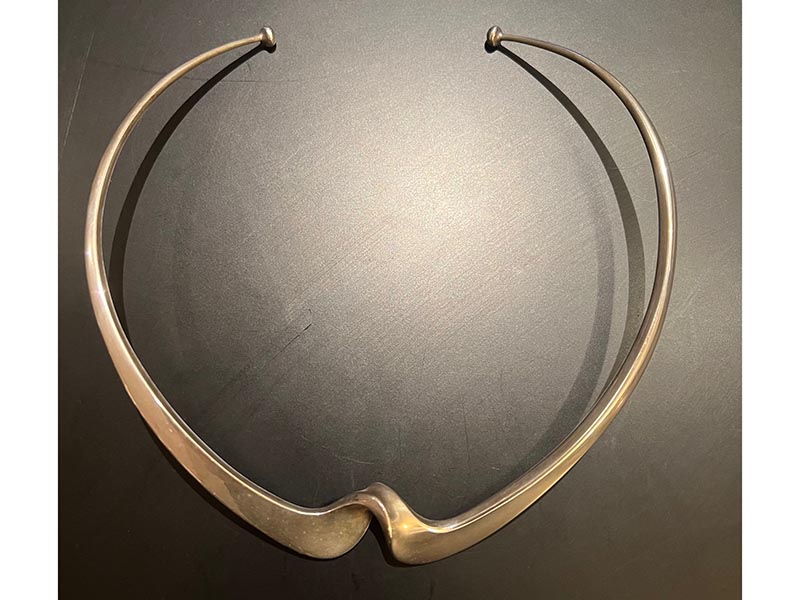
Fred made meaningful work: objects of adornment, objects of the table, objects of ceremony and ritual. His interests and influences spanned the history of art, with particular attention to the Arts and Crafts, Art Nouveau, and mid-century modern/Scandinavian Modern periods. In his own words, in a statement from the UW–Madison faculty show in 1986:
I enjoy the process of taking a formless material and shaping it into an object that is unique and special. The work itself is an exploration of idea, process, material, and, ultimately, self. The object made is a record of the experience. For me, the process is the important part.
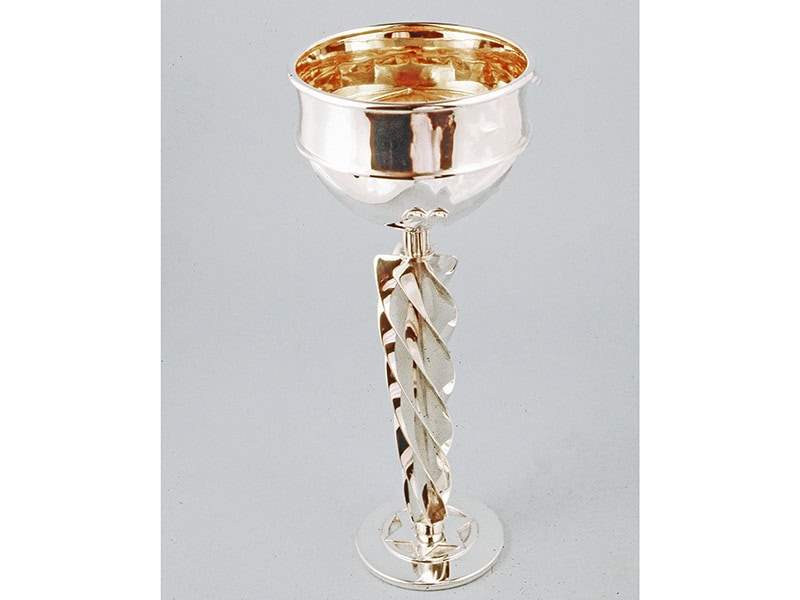
For those of us who enjoyed the views from this window, Fred Fenster will be dearly missed, but his place in our hearts and minds will be with us always.
Caption information gathered with assistance from Eleanor Moty.
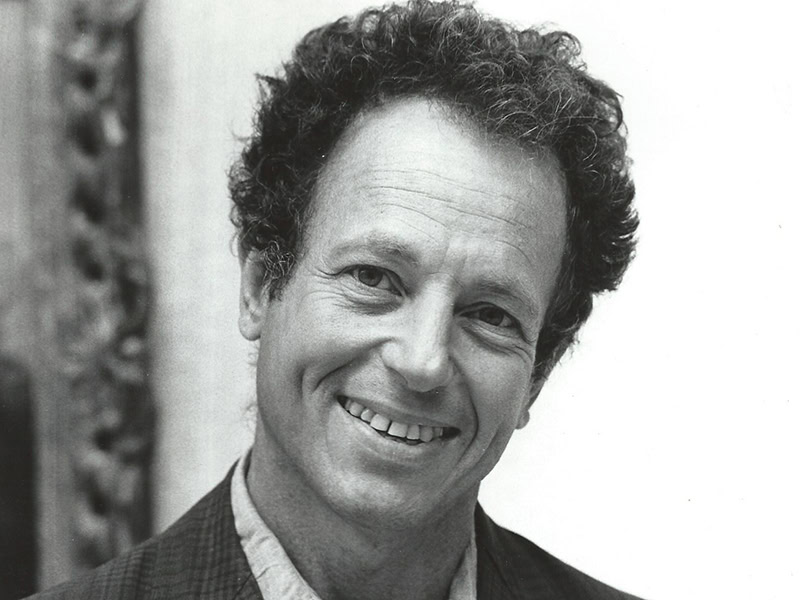
We welcome your comments on our publishing, and will publish letters that engage with our articles in a thoughtful and polite manner. Please submit letters to the editor electronically; do so here.
© 2024 Art Jewelry Forum. All rights reserved. Content may not be reproduced in whole or in part without permission. For reprint permission, contact info (at) artjewelryforum (dot) org
